NASA Moon to Mars Ice Prospecting Challenge
Chat with the team LIVE
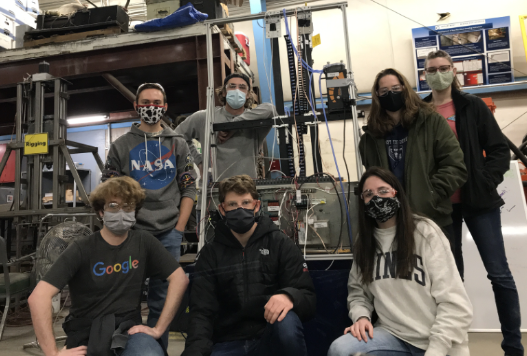
Team M.I.N.E.S
Carlen Andrie
Austin Brown
Tyler Clark
Jared Dimick
Kathleen Laughton
Taryn Tucker
Ryan Wagner
Project Overview
The Moon to Mars Ice & Prospecting Challenge provides university-level engineering students the opportunity to design, build, and operate a prototype capable of drilling through Lunar and Martian overburden layers to collect and purify water from the subsurface ice. The drill must also be capable of identifying the overburden layers using density profile techniques in order to create a digital core of the various layers. The Moon/Mars Ice New Exploratory Systems (MINES) team has designed a fully automated drilling rig that is capable of performing the necessary functions, including drilling, extraction, and filtration. The MINES team approached this problem with careful consideration of the various requirements of space operations. Our final design is compact, lightweight, and can be fully automated for use in remote settings. This design uses horizontal and vertical stepper motors to move a drilling assembly, as well as a heat probe assembly over a testbed, allowing us to drill an initial hole, begin collecting water, and then move on to drill another hole for subsurface data collection. Our team has added additional unique features to our project as well, such as a heat exchanger system that can recirculate heated water back into our drilled well to aid in melting water for extraction. Overall, the MINES team is confident in our system’s capabilities.
Learn more about the M.I.N.E.S design solution
Design Approach
In order to ensure that the prototype was competition-ready, several subsystems were addressed to assess their functionality and design new solutions that would optimize their performance. These subsystems are as follows: filtration, automation, drilling, and heating.
The filtration system was designed using a series of incrementally smaller meshes, which would filter the water that was drawn up from the ice block well by the pump. The MINES team mocked up a simulated version in SolidWorks, where theoretical simulations and calculations were performed to ensure complete functionality. Using custom-designed 3-D printed discs, silicon rings, and plastic tubing made from Nalgene water bottles, a physical prototype was made with several backups in case of emergency during competition. The next subsystem addressed was automation, where several different PLC systems were tested with the prototype in order to decide which would be most effective. This included a PLC from Schneider Electric and a compactDAQ from National Instruments. After extensive testing, the compactDAQ, which uses Labview to code, proved to be the most effective in coalition with the hardware that was already present on the system.
The next subsystem addressed was the drilling functions. Upon initial analysis, the team discovered that the drill required additional mounting to the outer structure in order to reduce vibrations and chatter that would skew the data collected. The MINES team custom designed and fabricated an additional mount that would mitigate this problem, which was added to the structure. The stepper motors that allowed for horizontal and vertical translation of the drill were also updated, which allowed for more flexible integration of the drill automation using the compactDAQ.
The final subsystem addressed was heating functions, including pumping the water from the well. Previous years’ teams created a heat probe encased in carbon fiber tubing, which upon testing, was very effective at melting the ice block and creating a sufficient pool of water to be collected. The MINES team further updated this by further optimizing the performance of the system by designing a heat exchanger system that would reheat the water drawn up and recirculate some of it back into the well. This process maximizes the heat transfer efficiency of the system because the recirculation of the warmer water allows the ice block to melt faster, which is ideal in competition and real-life situations. Therefore, using knowledge from previous classes, subsystem testing, and a thorough design iteration process, the team was able to create a multi-function drilling rig that is capable of achieving the goals outlined by NASA and the team.
Design Solution
The goals for this project are divided into two accomplishments as defined by NASA. First, teams should strive to collect as much water as possible from the simulated martian or lunar surface. Secondly, teams should develop a digital core containing information about the overburden of the simulated system. The MINES team’s design solution meets both of these goals, in addition to a few of our own. We hope to ensure the water extracted has as much clarity as possible, as well as automate the overall system to work with minimal input from the team during operation.
Our design solution meets each of these goals in an efficient manner while abiding by all constraints described in our problem statement. For the first goal, our team has made use of a Rodriguez Well approach, keeping a pool of water present in our drilled hole in order to increase the amount of ice we can melt over a short period of time. We have also incorporated a heat exchanger system that takes excess water from the well, pumps it through a heated copper tube and sends it back into the pool to assist in melting the ice block. With both of these systems aiding in the melting of our ice, we are sure to extract as much water as possible during operations of the system.
Regarding the digital core for our system, we have made use of a variety of sensors to accomplish this task. Our drill will remove overburden from the ice block system, while sensors measure torque, and weight on bit, to log data that can be used to form our digital core. Drilling in this operation will be done fast enough to break through the overburden, but slow enough to gather accurate data for the core.
The goal of keeping our clarity of water high is achieved via a robust filtration system. The team determined a gravity-fed system with decreasing mesh size would be able to achieve this goal of clarifying water. The meshes currently installed on the prototype range from 120 microns to 20 microns, and have been tested to ensure our output is as clear as possible while keeping our design relatively simple.
Finally, our goal of automating the system is met via compact DAQ, using Labview to communicate with the system. A laptop or tablet will be used as the user interface to start the program. Once the laptop is in communication with the compact DAQ, we are able to turn various systems on and off, as well as change inputs in real-time based on feedback from a variety of sensors. Through this process, the systems of stepper motors, drilling, pumping, and heating of ice and water can be effectively controlled. This will enable us to minimize required inputs from the user while the system runs through its processes.
Overall, the final design solution the MINES team is proposing to the NASA RASCAL challenge board meets all goals and requirements in a unique and efficient fashion.

Next Steps
The MINES team had many obstacles in the completion of this project which led us to accomplish less than we had originally anticipated at the onset of the course. However, we have worked very diligently as a team to ensure the issues we faced will not be passed down to future competitors at Mines. We see the next steps for this project mainly focusing on test and optimization. Our team has reworked the system back to its working condition, as well as made some improvements of our own. However, the integration and optimization of the overall product is still a looming task for the next team to complete. We recommend the next team hit the ground running, and begin integration and testing of all subsystems as soon as possible. Furthermore, the team should look at the changes that have been made over the past year, and determine which they would like to keep, and which they would like to advance to make the overall system more efficient.
Acknowledgments
Thank you so much to the technical advisors and faculty at Mines who have helped us succeed in this project.
Dr. Jamal Rostami
Dr. Angel Abbud-Madrid
Mr. Deep Joshi
Mr. Mark Florida
Mr. Brent Duncan
Dr. Darren McSweeny
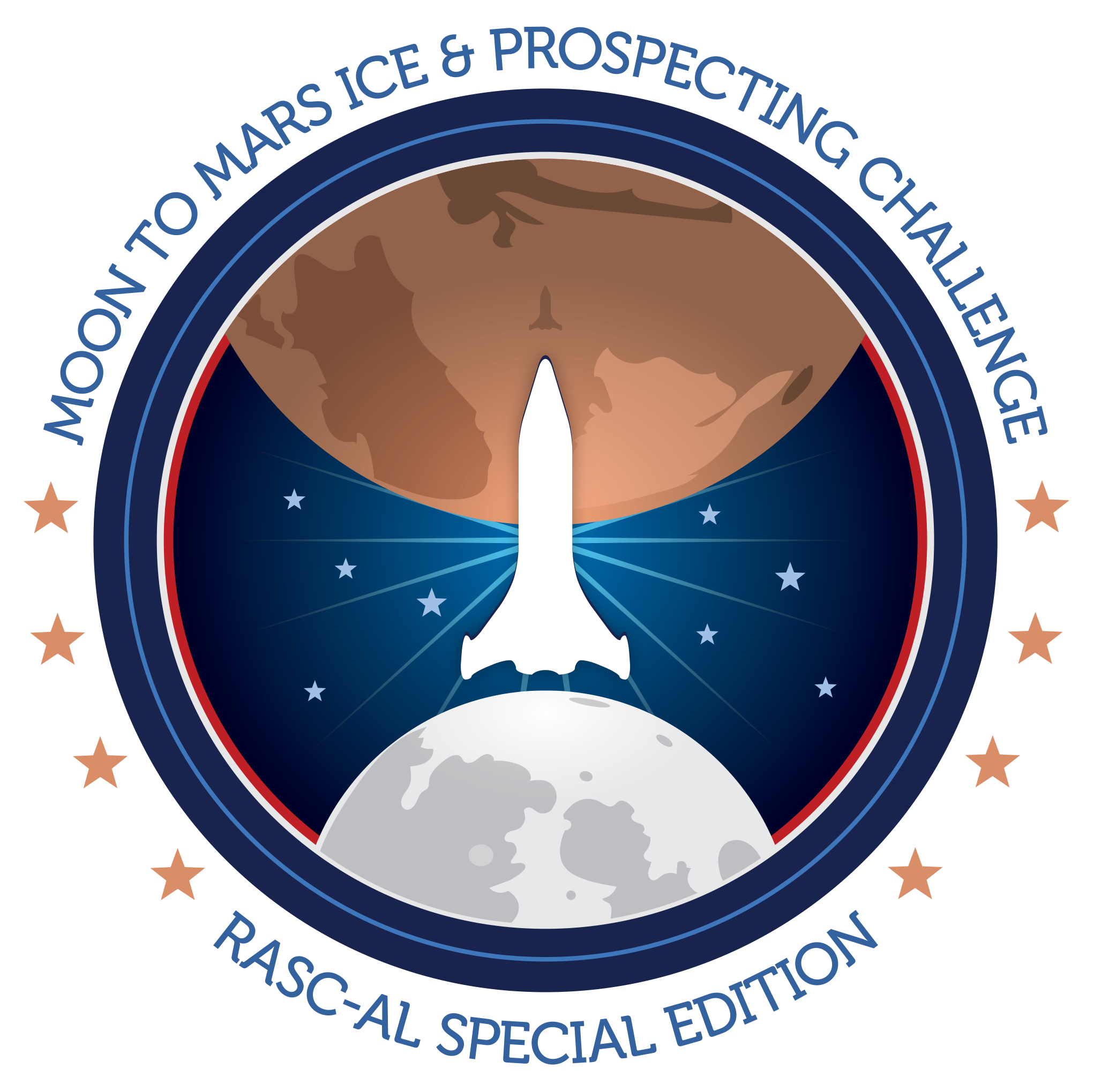
Meet the Team!
MINES consists of seven students who are all in their final year of study at the Colorado School of Mines (CSM) in the mechanical engineering department.
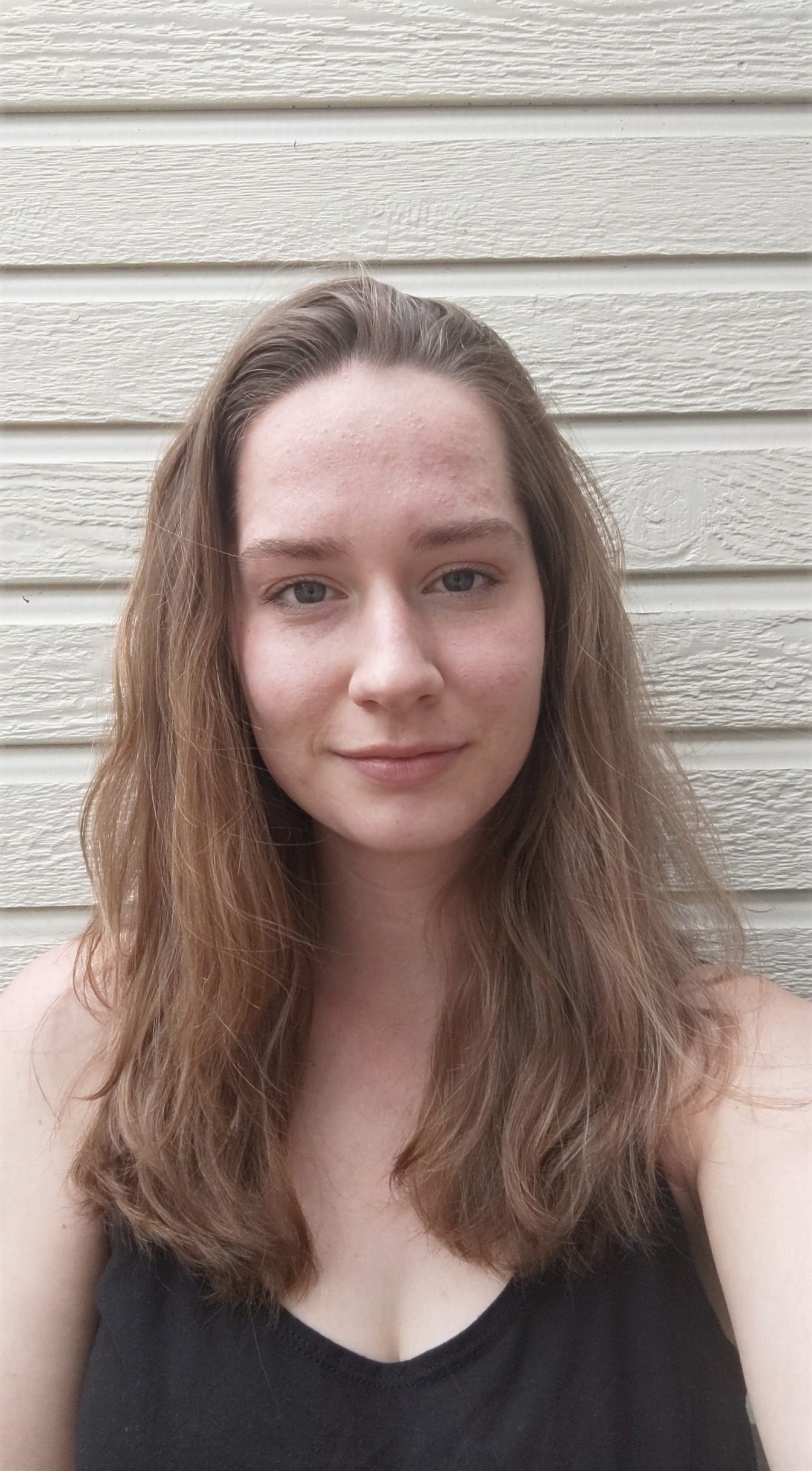
Carlen Andrie
Carlen is the scheduling lead as well as a technical contributor to the team. She has held team lead positions which equip her for accurately scheduling a project timeline and keeping all tasks up to date for the team. She has excelled in her courses of physics, statics, and solid mechanics, making her an excellent addition to the efforts of structural analysis on the team. Additionally, Carlen has a good deal of experience with MATLAB and aides the numerical modeling required to validate our design.
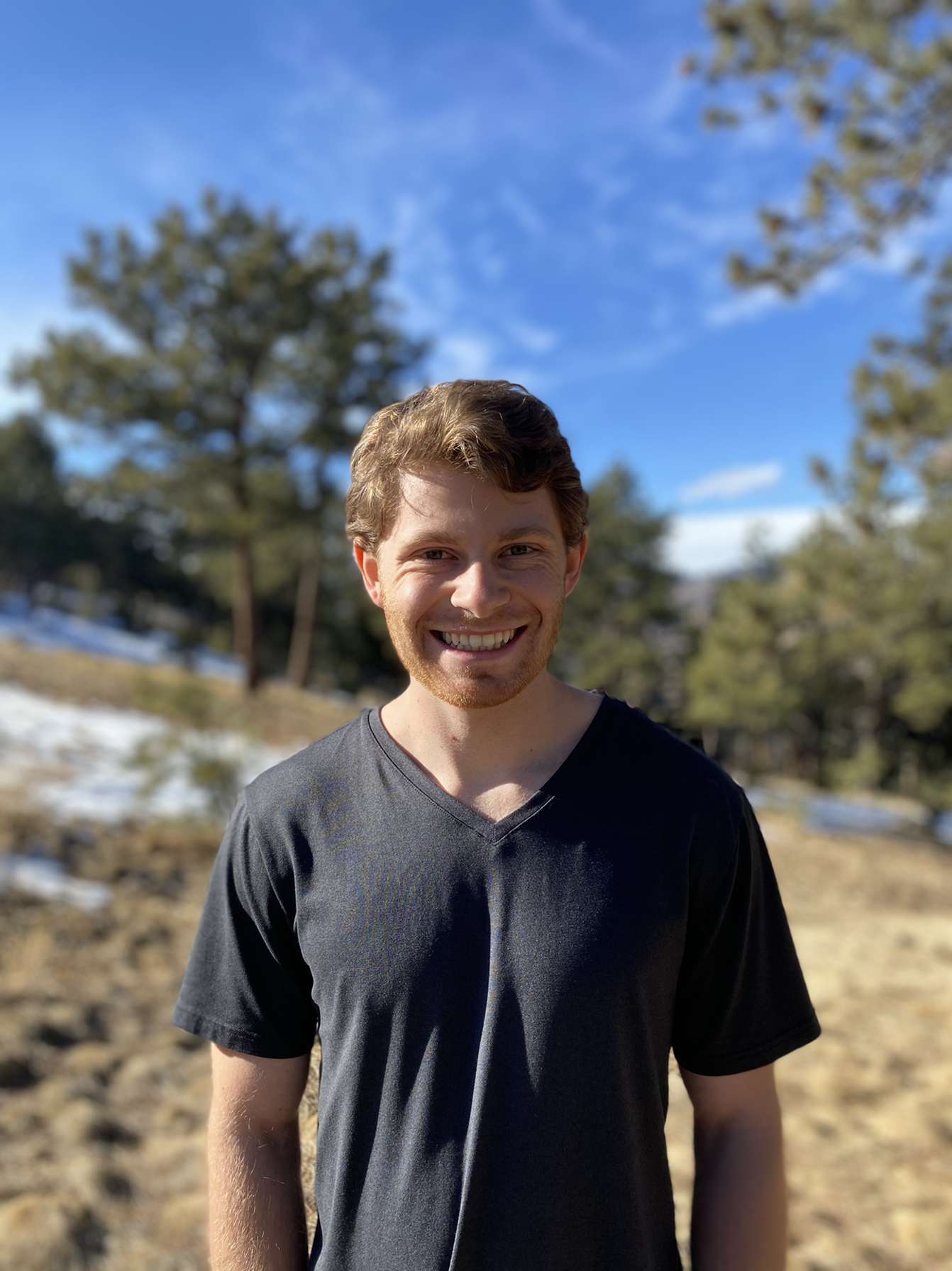
Austin Brown
Austin is the research lead as well as a technical contributor to the team. In his time at CSM he has a solid background in research methods as well as knowledge of available resources for the team. Through his internship with JR Baker Construction Austin has an excellent understanding of installation processes and complex systems which will aid the team as we design and assemble our prototype. Additionally, Austin excelled in courses at Mines covering finite element analysis in its procedures and applications, making him a great addition to our analysis team.
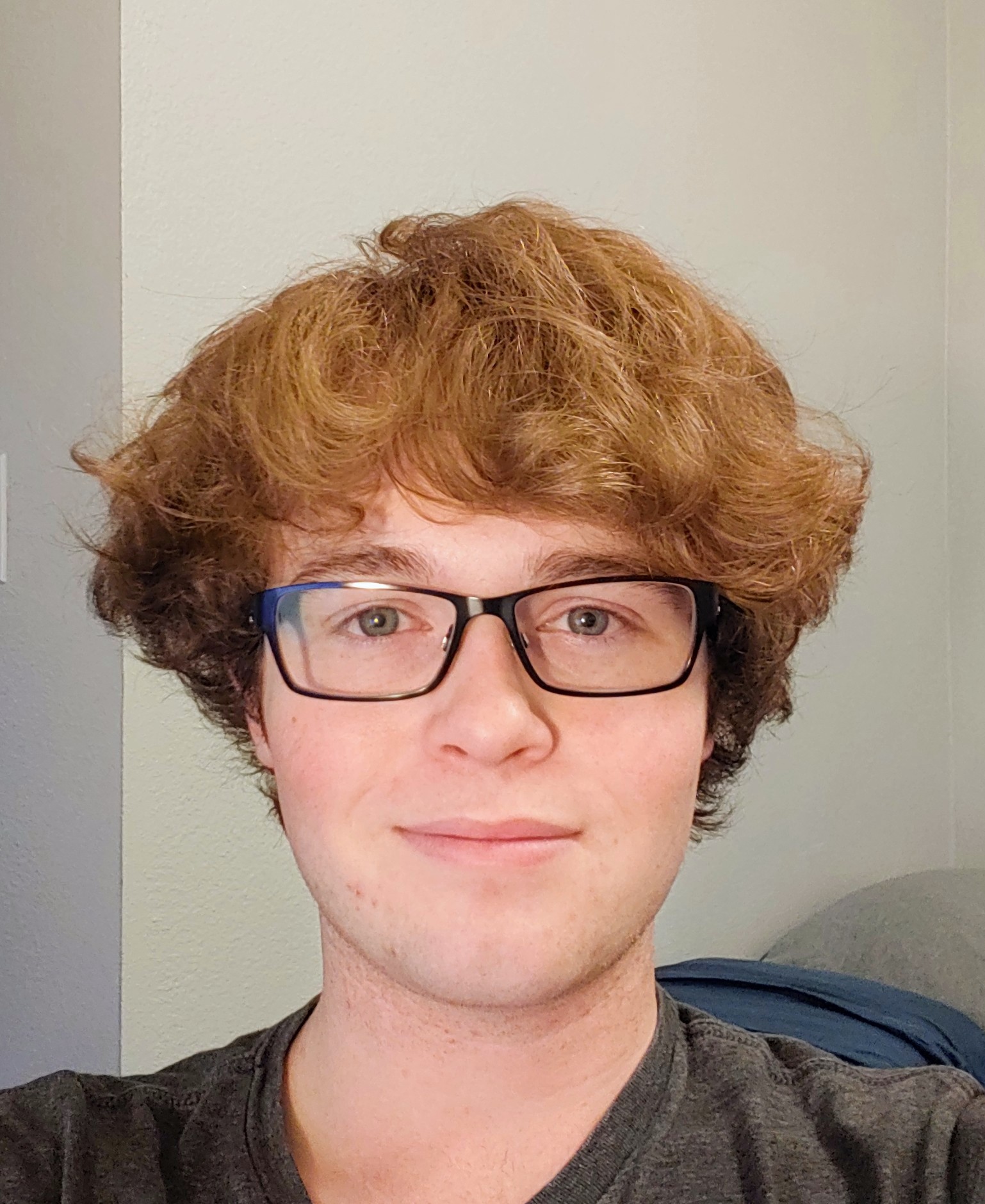
Tyler Clark
Tyler is the design lead and a technical contributor to the team. He has experience designing systems in courses such as field session, and a plethora of experiences with mechanical analysis including courses in finite element analysis, mechanics of materials at a graduate level, and using MATLAB for numerical analysis in these applications. Additionally, he has assisted in the analysis of current electronic systems and their subsequent wiring.
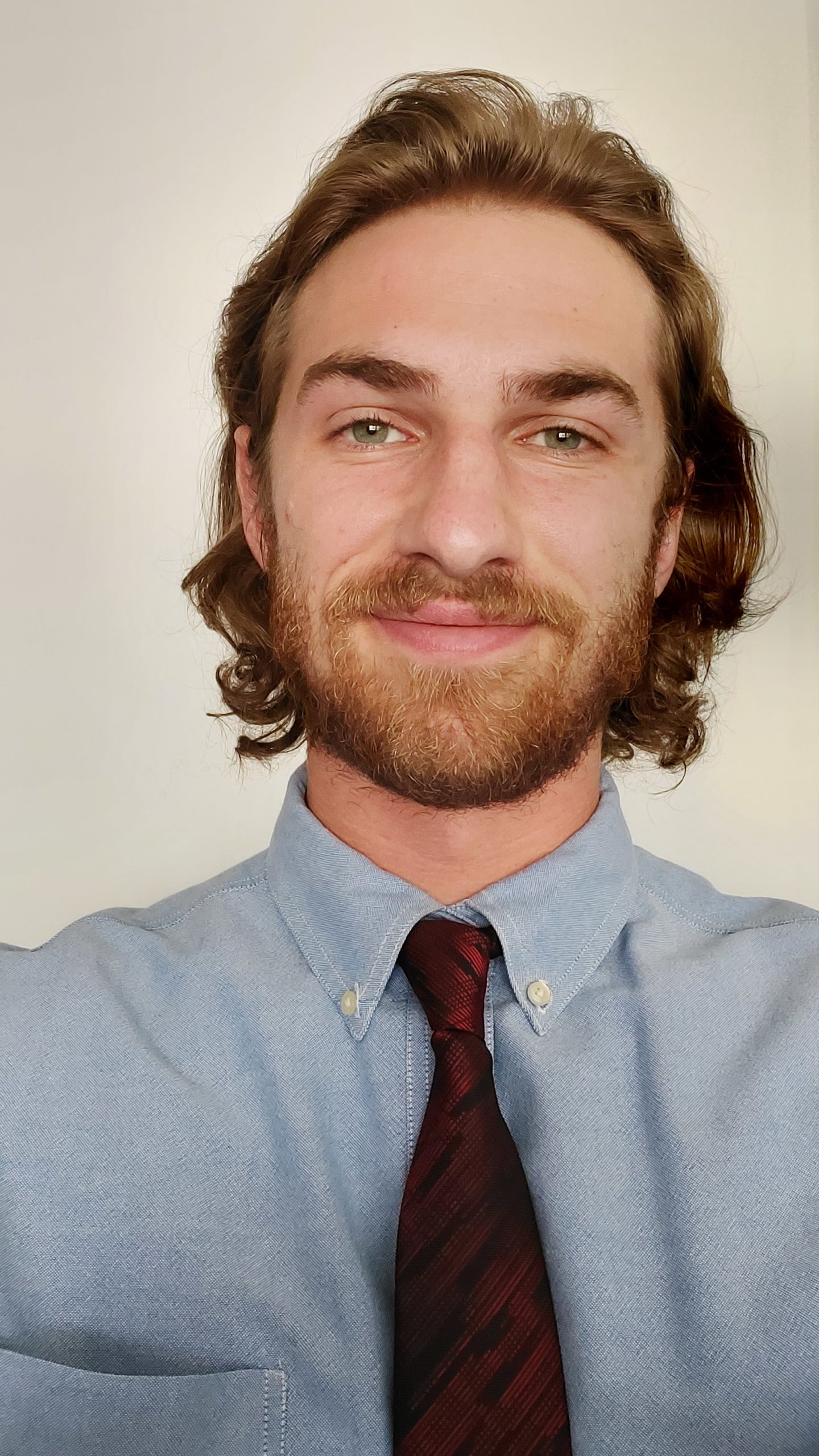
Jared Dimick
Jared is the budgeting lead and a technical contributor to the team. He has experience with balancing budgets for an aquatics foundation for two years. Additionally, he has excelled in his courses of finite element analysis and fluids, and had excellent hands-on experience with rebuilding engines and other automotive projects.

Kathleen Laughton
Kathleen is the communications lead as well as a technical contributor to the team. She has been a veteran of two RAS-CAL projects in the past, the first focusing on harvesting subsurface water and the second investigating the process for a three-week stay on Mars. This year, Kathleen serves as a subsystem team lead for the Science on Ceres project.
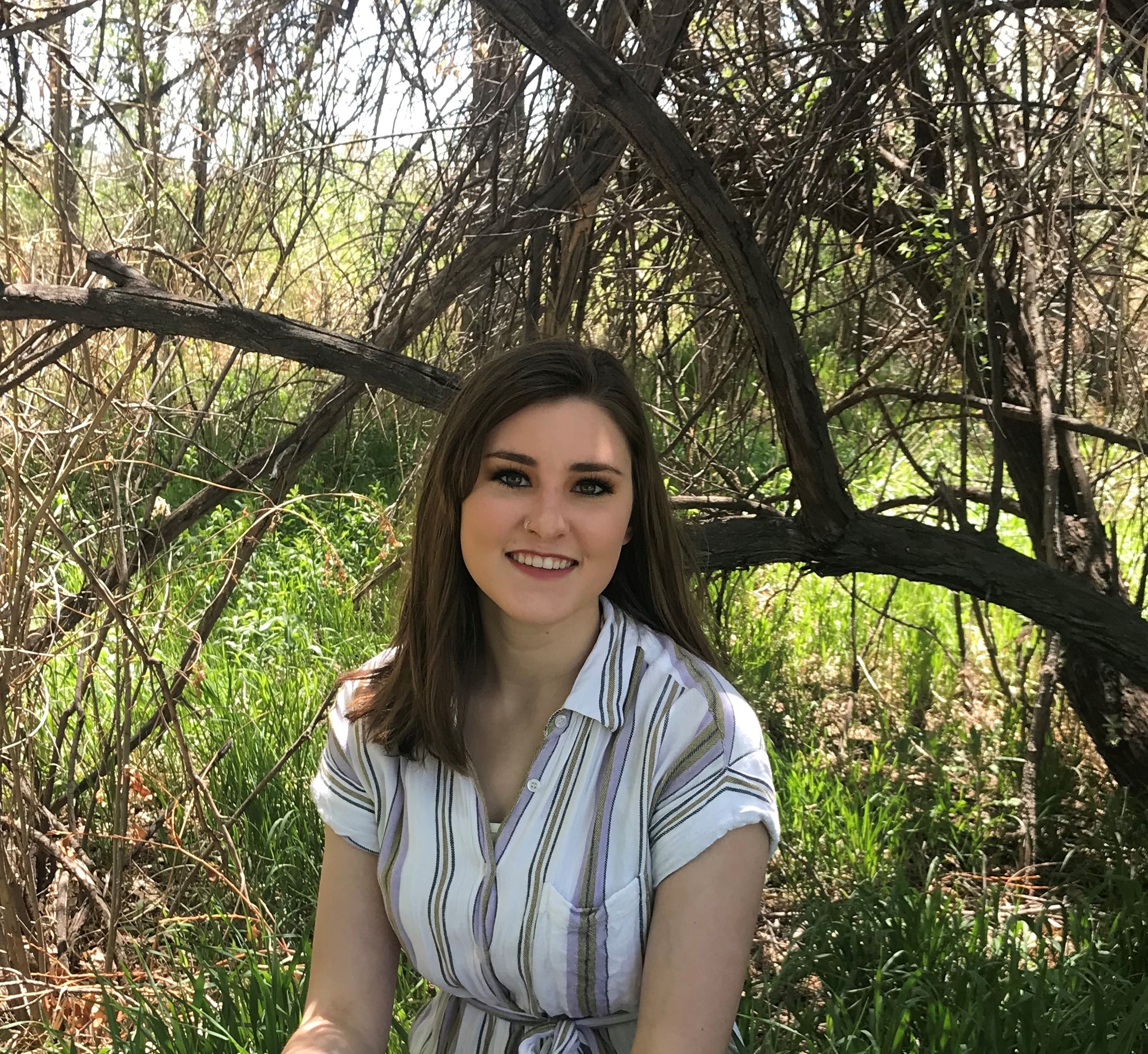
Taryn Tucker
Taryn is the project lead as well as a technical contributor. She has held the role of project manager on many different projects and is well equipped for the role. She has spent the past two years working for Sierra Nevada Corporation as a structural analyst and designer for the Dream Chaser Spaceplane as an engineering aide. Additionally, she served as a technical contributor for the Mines ROCKSAT-X project during its creation in 2018.
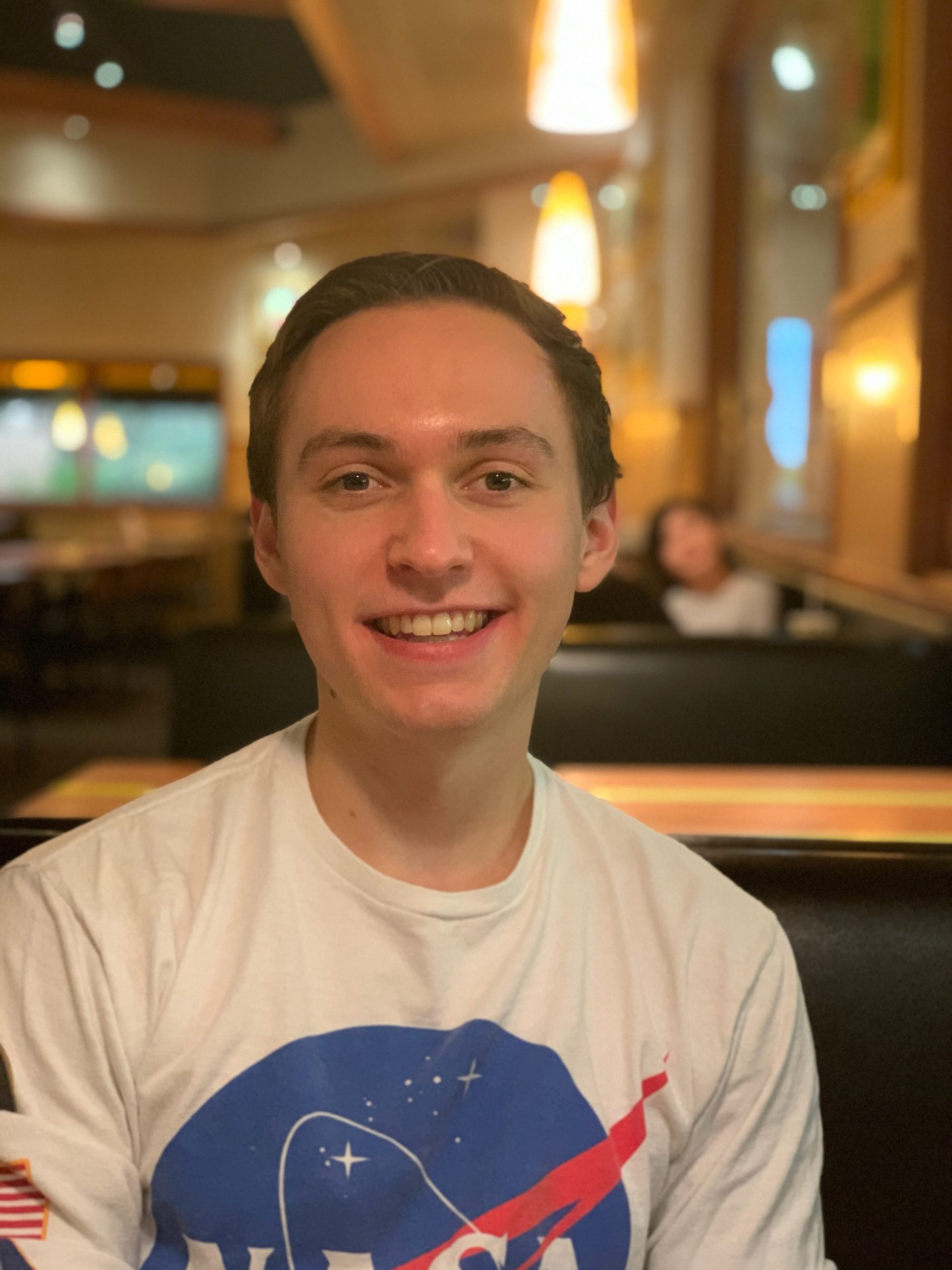
Ryan Wagner
Ryan is the automation lead as well as a technical contributor. He is double majoring in computer science and has a wide knowledge of coding in languages such as Python, C++, Labview, MATLAB, Arduino, and Java. Ryan held an internship with Colorado School of Mines simulating fractures in 2D and 3D solids, an experience that will be incredibly helpful for the analysis of our system. His coding prowess will be invaluable to our team’s automation goal for our system.